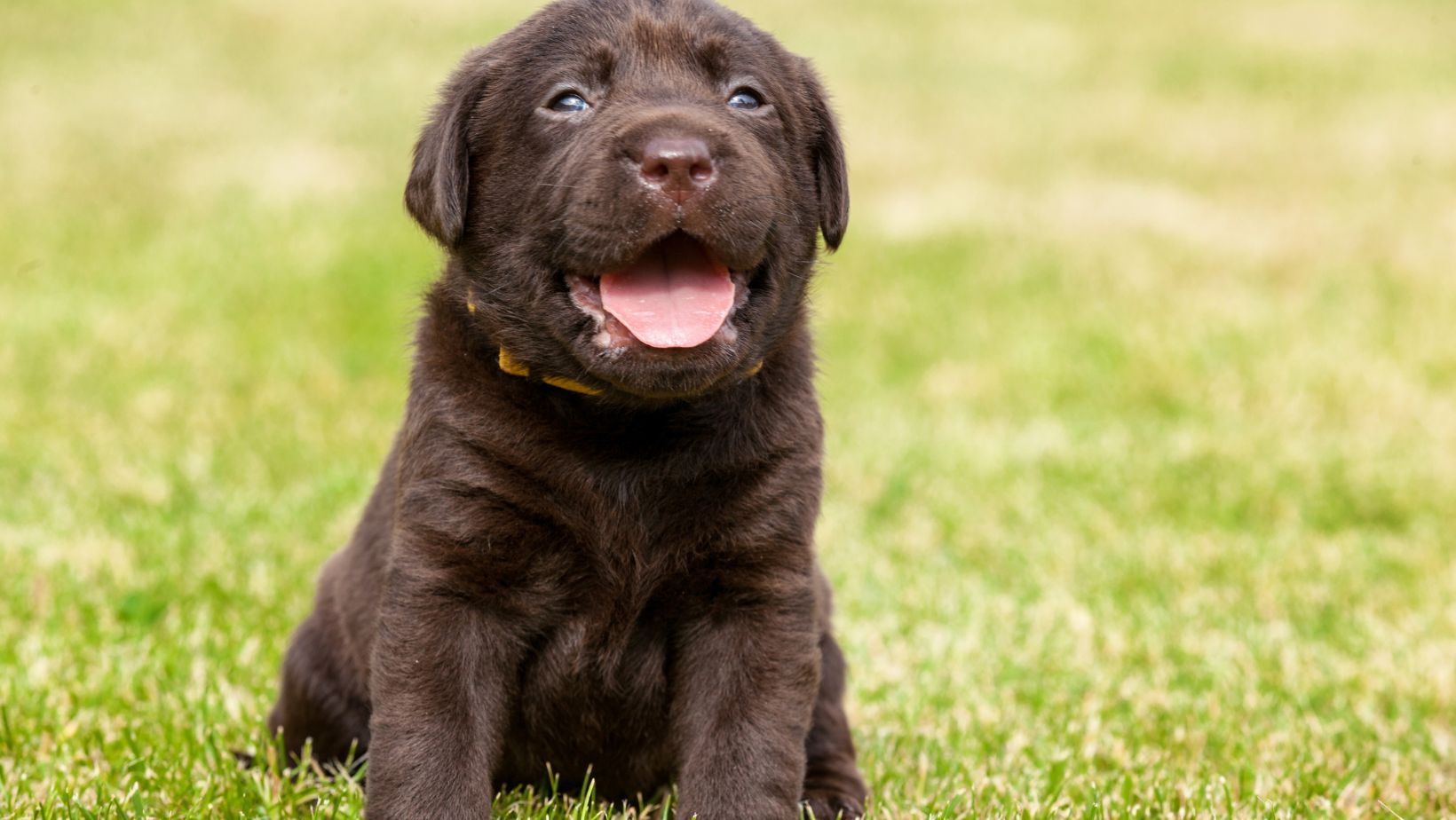How to Train Puppy to be Alone
Are you wondering how to train your Labrador puppy to be alone? It’s a common concern for many new Labrador owners. The good news is that with some patience, consistency, and positive reinforcement, you can help your furry friend become comfortable being by themselves.
When it comes to training your Labrador puppy to be alone, it’s important to start gradually. Begin by leaving your pup alone for short periods of time and gradually increase the duration as they become more confident. Provide them with a safe and comfortable space, such as a crate or designated area in your home.
Introduce positive distractions, such as puzzle toys or treat-filled Kong toys, when you leave so that your puppy associates being alone with something enjoyable. Additionally, establish a consistent routine before leaving and returning home to create a sense of predictability for your Labrador.
Remember that every puppy is unique and may require different strategies. If you’re struggling with separation anxiety or other behavioural issues during this training process, consider seeking guidance from a professional dog trainer who specializes in positive reinforcement techniques.
With time and dedication, you’ll be able to help your Labrador puppy gain confidence and independence when it comes to being alone. Stay patient and consistent throughout the training process – soon enough, your furry companion will feel secure even when you’re not around.
Creating a Safe and Comfortable Space
When it comes to training a puppy to be alone, creating a safe and comfortable space for them is crucial. This not only helps to alleviate any anxiety or stress they may feel when left alone but also establishes boundaries and reinforces positive behaviours. Let’s explore three key aspects of creating such a space: establishing a puppy-proofed environment, gradually introducing alone time, and implementing positive reinforcement techniques.
Establishing a Puppy-Proofed Environment
Before leaving your Labrador puppy alone, it’s essential to ensure that their surroundings are safe and free from any potential hazards. Here are some tips for creating a puppy-proofed environment:
- Remove dangerous objects: Keep household items such as toxic plants, cleaning products, electrical cords, and small choking hazards out of reach.
- Secure the area: Use baby gates or pet barriers to restrict access to certain areas where your pup could get into trouble or potentially injure themselves.
- Provide appropriate toys: Offer plenty of chew toys and interactive puzzles to keep your Labrador occupied while you’re away. Avoid toys with small parts that can be swallowed.
- Consider crate training: If you choose to crate train your puppy, make sure the crate is spacious enough for them to stand up, turn around, and lie down comfortably.
Gradually Introducing Alone Time
It’s important not to leave your Labrador puppy alone for extended periods right from the start. Gradual exposure will help them develop confidence and independence over time. Here are some steps you can follow:
- Start with short absences: Begin by leaving your pup alone for just a few minutes at a time while staying within earshot. Gradually increase the duration as they become more comfortable being on their own.
- Create departure cues: Establish consistent cues like picking up keys or putting on shoes before leaving so that these actions become normal parts of their routine.
- Provide mental stimulation: Leave interactive toys or treat-dispensing puzzles to keep your puppy engaged and mentally stimulated during your absence.
Implementing Positive Reinforcement Techniques
Positive reinforcement is a powerful tool in training your Labrador puppy to be alone. By rewarding desired behaviours, you can help them associate being alone with positive experiences. Here are some techniques to implement:
- Reward calm behaviour: When your pup remains calm and relaxed while you’re away, reward them with treats, praise, or a favourite toy. This reinforces the idea that being alone leads to positive outcomes.
- Ignore attention-seeking behaviours: If your puppy barks or whines for attention when left alone, ignore these behaviours until they settle down. Rewarding only quiet and calm behaviour will encourage them to remain composed.
- Practise short departures: Practise brief departures multiple times throughout the day to desensitise your Labrador to the process of you leaving and returning home.
Remember, every puppy is unique, so it’s important to adapt these strategies based on their individual needs and temperament. With patience, consistency, and a safe environment, you can help your Labrador develop the confidence and independence necessary for them to be comfortable when left alone.
